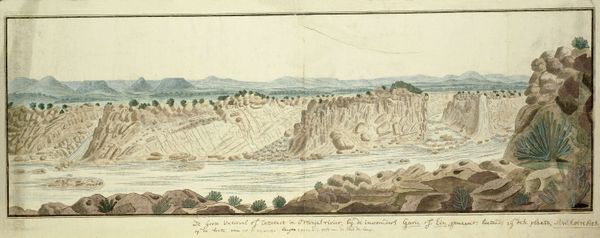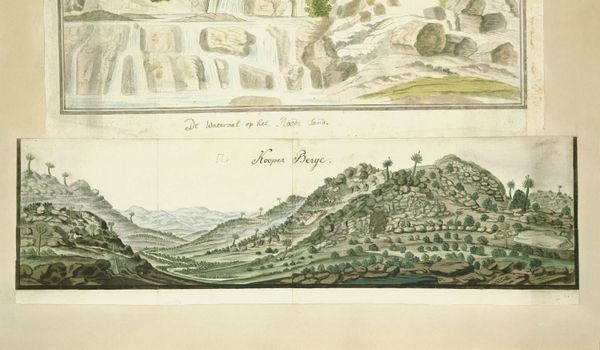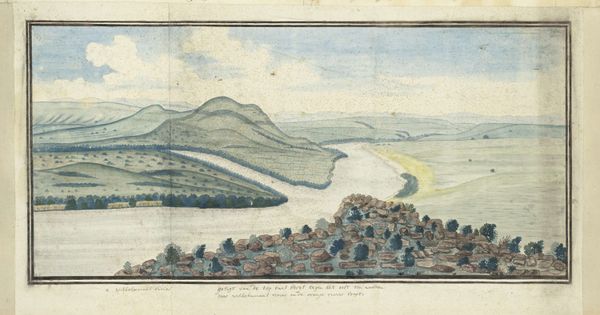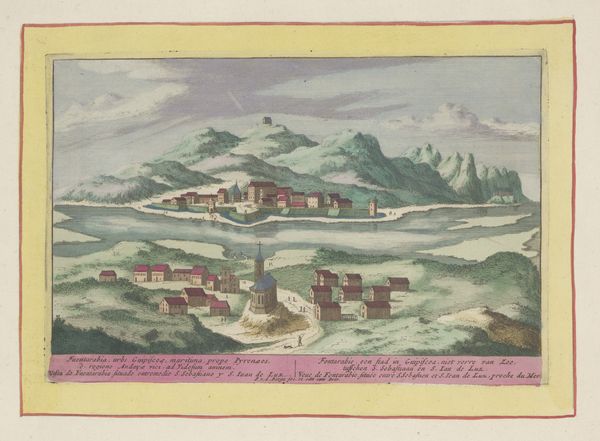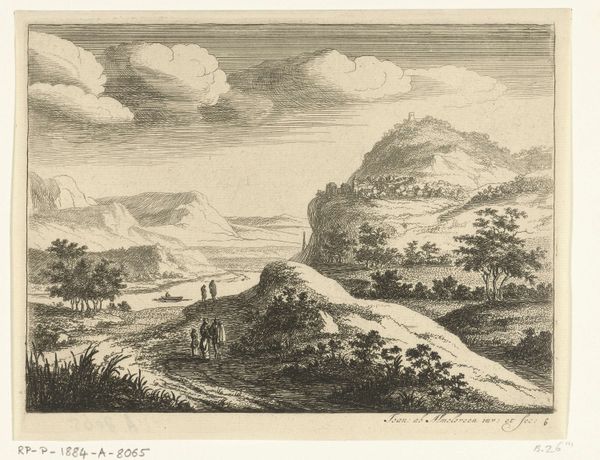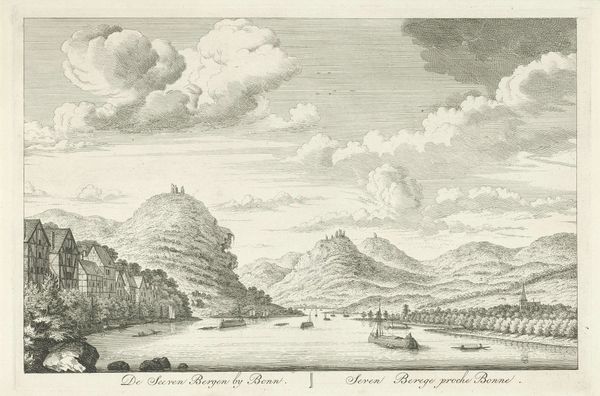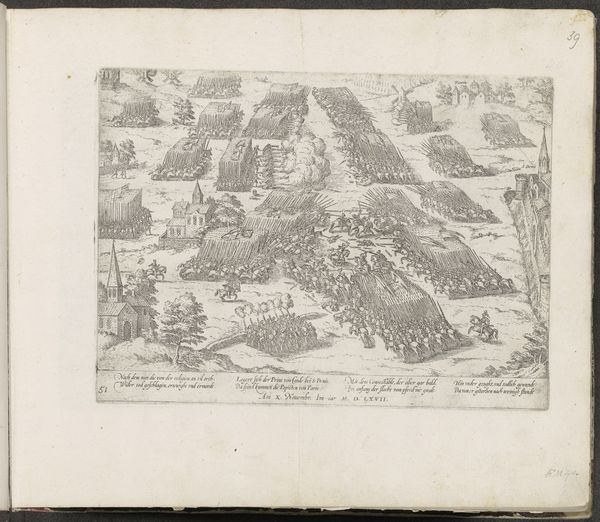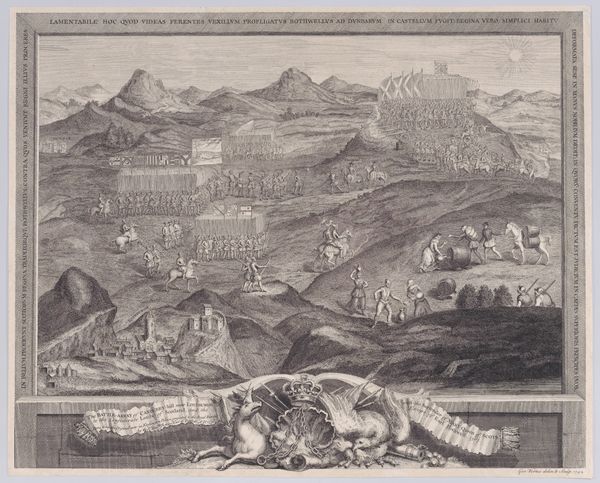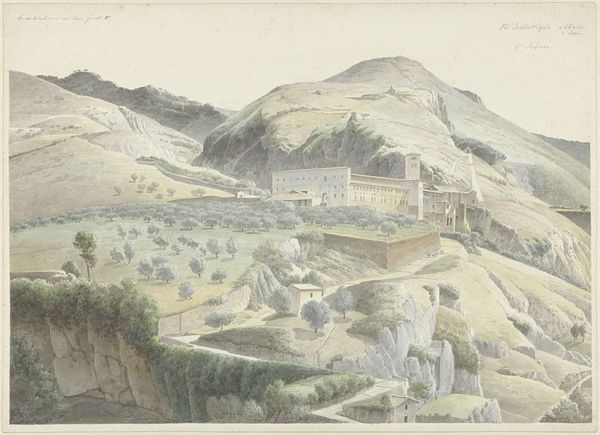
Waterfall at Drakenstein at the source of the Great Berg River Possibly 1777 - 1786
0:00
0:00
drawing, watercolor
#
drawing
#
landscape
#
watercolor
#
coloured pencil
#
realism
Dimensions: height mm, width mm, height 245 mm, width 305 mm, height mm, width mm
Copyright: Rijks Museum: Open Domain
Curator: This drawing, entitled "Waterfall at Drakenstein at the source of the Great Berg River," was created by Robert Jacob Gordon possibly between 1777 and 1786. It employs both watercolor and coloured pencil. Editor: The scene has a strangely muted feeling, almost dreamlike. The details of the landscape are precise, yet the coloring is faded and the overall effect lacks a certain vitality. Curator: Gordon was a complex figure in the history of the Cape. As a commander in the Dutch East India Company, he explored and documented the landscape. His visual record offers insight into how the land was being perceived and, in some ways, claimed by Europeans. Editor: That makes me think about the narrative of "discovery." Consider who benefits from claiming to be the first to 'see' something? What perspectives are erased when we call this 'realism', neglecting indigenous relationships to the land? Curator: Exactly. Gordon’s images contribute to a European understanding, establishing a visual record and therefore asserting a kind of dominion. Think about the very act of mapping a place; it's never a neutral exercise. Editor: This 'realistic' portrayal presents nature as something separate, something to be observed and categorized. But what was the experience of the Khoikhoi people who lived there for millennia? How did their understanding of the river's source differ? Curator: It's essential to view this artwork critically, acknowledging its historical context within colonialism. While visually appealing as a landscape, it served a role in shaping colonial perceptions and power dynamics. Editor: By highlighting these gaps, we are disrupting the dominance of this perspective, we encourage consideration for marginalized narratives that deepen our understanding of both art and historical contexts. Curator: Reflecting on this artwork from these angles helps us better grasp the visual and political context embedded within landscape art of this era. Editor: Ultimately, engaging with these multiple truths reveals a pathway toward deeper engagement.
Comments
No comments
Be the first to comment and join the conversation on the ultimate creative platform.
